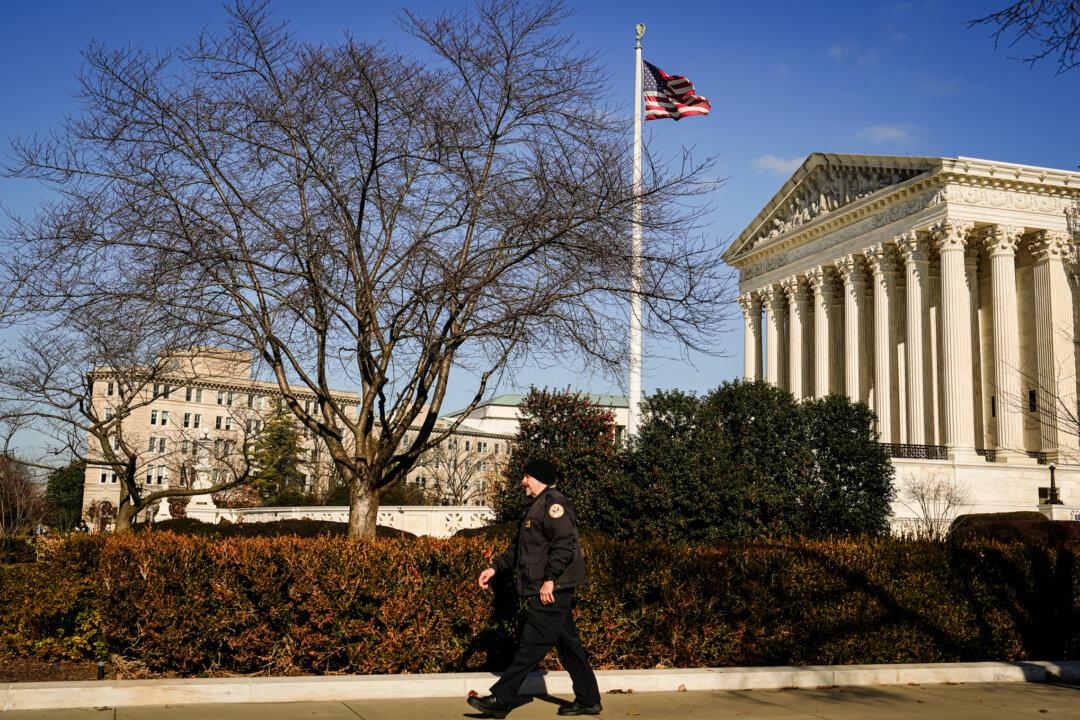AI models generate fake legal content frequently, with such “hallucination rates” happening 69 to 88 percent of the time in popular models, according to a recent study by researchers from Stanford and Yale.
AI Tools ‘Hallucinate’ False Legal Content Up to 88 Percent of the Time: Study
Ariticial Intelligence is proliferating in many industries, including law, but practitioners are being warned about relying too heavily on the new technology.

The U.S. Supreme Court in Washington on Jan. 2, 2024. Madalina Vasiliu/The Epoch Times




